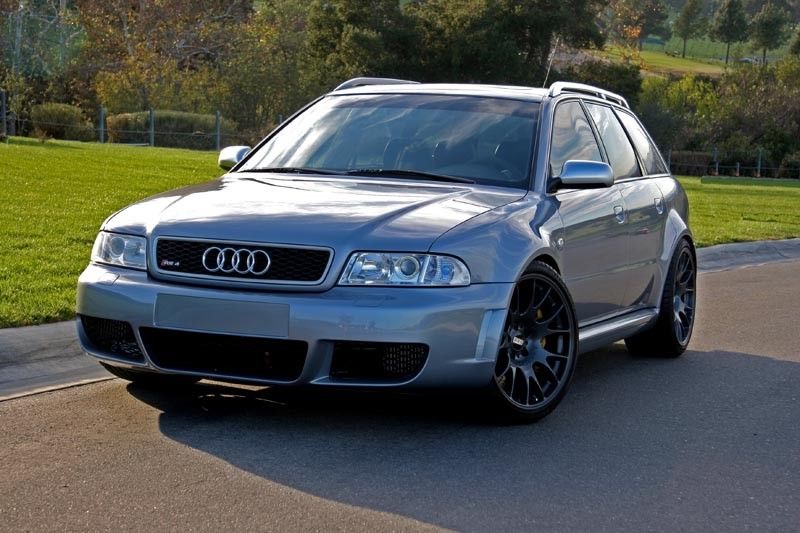From time to time, we look at European-market cars. Considering the number that were brought here through ‘Grey Market’ channels, we actually get to sample the more original versions of these cars on a semi-regular basis. But that pool of Euro candidates dries up once you crest the 1986 model year. And for that, you can thank the ‘Fed’ and their kill-joy laws, right? Well, sort of. But left to their own devices, they likely would have never done anything. So why did the government get all antsy in the mid-80s to put an end to importation of what amounted to a pittance of cars? For that, you can thank Mercedes-Benz.
It turns out that Mercedes-Benz was more than anyone annoyed by the second-hand importation of its more powerful and prettier European-specification cars. To a lesser extent, BMW was also losing market share, and the two importers – who, it should be noted, paid a fair amount of money to the government in importation duties and taxes on the sale of their cars – claimed they had lost in the vicinity of 50% of their sales to the alternate European crowd. Now, in a true ‘Free Enterprise’ market, one would have looked upon these complaints and said “Well, Mercedes and BMW, produce better cars at a lower cost for your consumers and you’ll solve the problem!” But, of course, the United States is not a free enterprise market, and there are lots of regulations and rules which have been in put in place in part by high-paid lobbyists for certain industries. Mercedes-Benz and BMW had these lobbyists on their side, and the importers did not. As a result, in 1988, the Motor Vehicle Safety Compliance Act was passed. Also called the Imported Vehicle Safety Act of 1988, it’s what you know better as the ’25 Year Rule’, which basically excludes you from individually importing any car on your own unless it’s really old. Many of the perfunctory reasons behind the “safety” aspect of H.R.2628 – they didn’t have DOT-mandated safety headlights, the bumpers didn’t meet U.S. regulations, they weren’t emissions compliant – have since been eliminated, but the law remains. Even if the car is effectively identical to what’s sold here – and many of today’s Euro cars are – while it’s possible to petition for an exemption for certain models, it’s neither easy, nor is it cheap. And that means that since 1988, fans of the hottest models have an agonizing 25-year long countdown until it’s “easy” to import a car they want. And even then, it’s not really very easy, so most U.S. based fans even if they claim they’re interested are just too lazy to actually go through with it.
So that leaves it to a few official importers to go through the not unsubstantial task of locating a car, shipping it overseas, paying heavy duties, and filing all of the paperwork associated with importation. And you can, despite what many claim, legally import car newer than 25 years old to the U.S.. It’ll just cost you:

